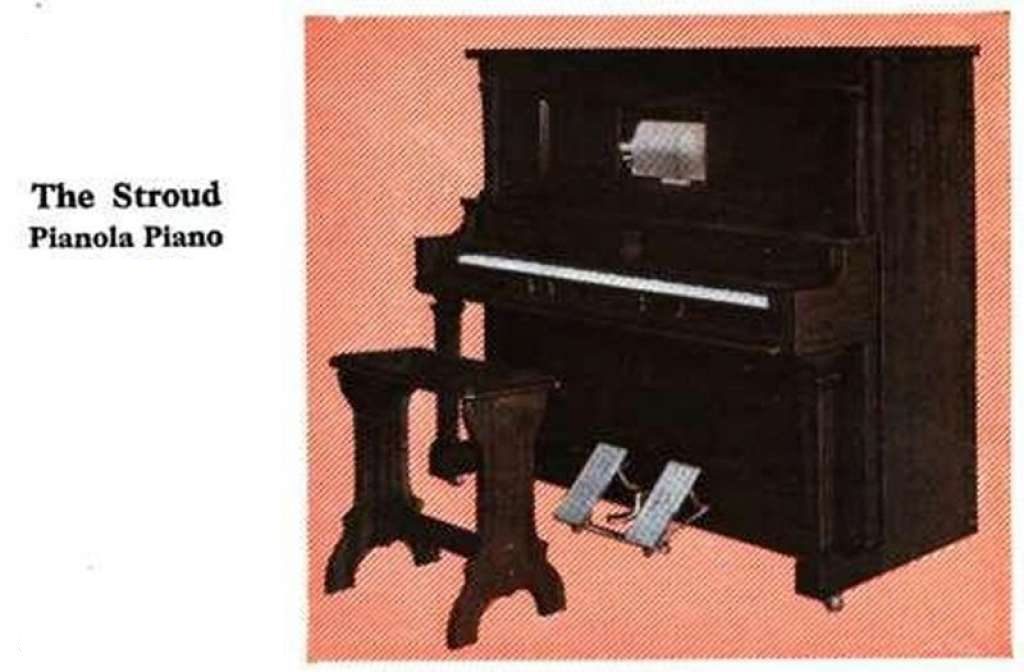
2020-11-23
Christmas in July
In one of these brief essays a couple of months ago, I mentioned my grandmother's old Stroud upright piano that landed in our finished basement in North Waltham, Massachusetts during the early 1960's. I don't exactly remember when it arrived in our cellar... it seems to me like it had always been there... so maybe in was 1961 or 1962. At any rate, my father would play it from time to time and we would all converge on him. When you are a small child, someone making music appears pretty magical. And my dad was a very good amateur pianist! That I certainly remember.
There were certain books I played from constantly on that piano. It probably drove everyone in the house nuts, but no one said anything. (Actually, there was probably plenty of background noise to cover whatever I was doing.) One book I adored and played all year long was a collection of a dozen and a half Christmas carols in the traditional four part arrangements dating primarily from the 1800's. I am not sure what the attraction was... of course, we sang them sometimes at Christmas. The ever growing American media juggernaut would fire some of these tunes up the week before Thanksgiving and we would hear them on the radio and at the local shopping centers. I played these carols, however, all year round. There was a door out of the finished basement into the one car garage in our house, and the garage opened out (obviously) into the driveway. Our neighborhood was absolutely overrun with kids, the entire development of post World War II houses had families who were all making their way through the middle class experience of the 1950's and 1960's. I distinctly remember one summer day when I was at the piano, pounding out "Hark, the herald angels" or "O Come, all ye faithful". One of my friends appeared at the cellar door (we all considered everyone's house our own, by and large) and he said, "Why are you playing Christmas music in July?" I am pretty sure I explained that I just liked playing it, and we ran down to the local dirt lot and joined the never-ending stickball game.
Years later, in high school and college, I eventually came up against the rules of harmony and counterpoint: four voice writing, codified in the chorales of J. S. Bach, the backbone of Western composition for eons and still used to torture students like my daughter, who this very week is wrapping up her first classes in counterpoint, harmony and solfège. I remember going through the exercises and thinking to myself "Why do these patterns feel so familiar under my hands? I seem to know what the voice leading is going to be even before we work through the solutions... where could I previously have encountered these rules?" And then it dawned on me; the Christmas carols. The vast majority of carols that are part of what sacred musicians call hymnody >all< follow the harmony and counterpoint rules for soprano, alto, tenor and bass. As hymnody, they are "harmony correct"; no parallel fifths or awkward singing leaps or unresolved dissonances. I unknowingly had absorped a lot of the "elements of style" by whacking away at the Christmas album on the old upright years before.
So this holiday season, don't just listen to your favorite holiday music. (That will happen all around us, even with the pandemic, surely.) Take some time to make the music of your tradition yourself... play it, sing it in the tiny handful of situations when it is pandemic-safe to do so. You will not only be ingesting good writing and good style, you will be creating memories of the season that will return in coming years and decades, sometimes in surprising ways.
If you have more questions about this topic, don't hesitate to contact me and we can chat.
K
Previous blog entries